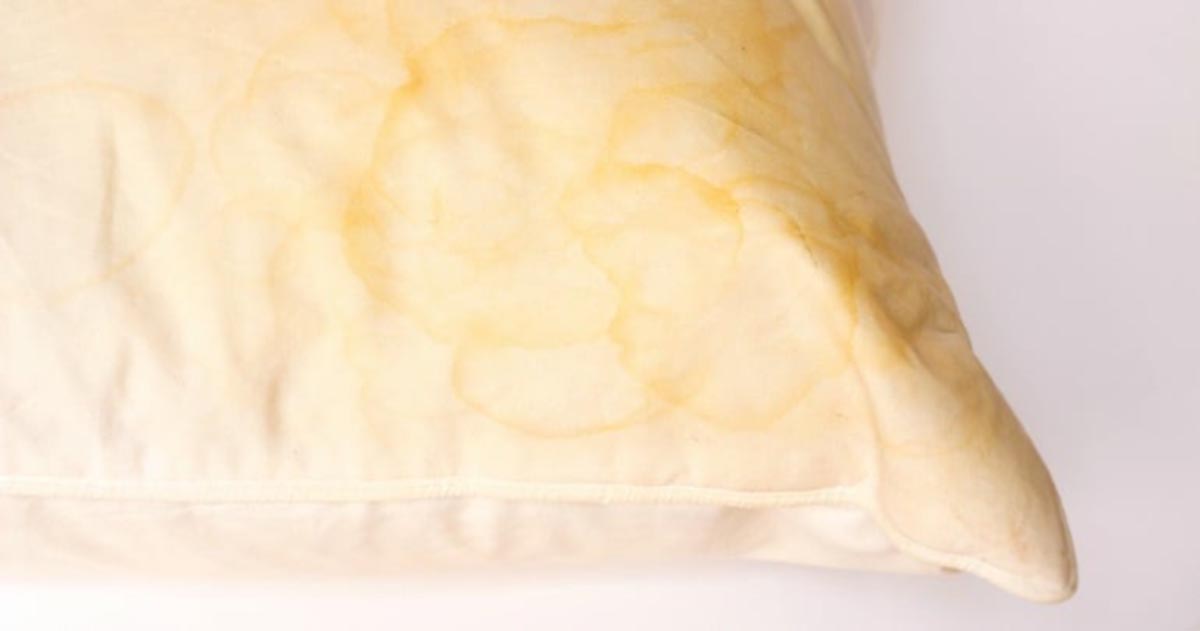

Articles
Why Is My Pillowcase Turning Yellow
Modified: February 24, 2024
Discover why your pillowcase is turning yellow and find helpful articles on how to prevent and remove stains.
(Many of the links in this article redirect to a specific reviewed product. Your purchase of these products through affiliate links helps to generate commission for Storables.com, at no extra cost. Learn more)
Introduction
There’s nothing quite like the feeling of resting your head on a soft and clean pillowcase at the end of a long day. However, if you’ve noticed that your pillowcase is starting to develop a yellowish tinge, you may be wondering what’s causing it and how to prevent it.
Yellowing pillowcases can be unsightly and frustrating, especially when you’ve put effort into laundering them regularly. But fear not! In this article, we’ll explore the various causes of yellowing pillowcases and provide you with practical tips on how to keep them looking fresh and clean.
So, why is your pillowcase turning yellow? There are several factors that contribute to this discoloration, including sweat and body oils, skin care products, hair products, and environmental factors. Let’s dive deeper into each of these causes to better understand why your once-white pillowcase is now sporting an unwelcome yellow hue.
Key Takeaways:
- Say goodbye to yellowing pillowcases by washing regularly, using gentle detergents, and considering pillowcase protectors. Proper storage and handling can also maintain their pristine condition.
- Prevent yellowing pillowcases by minimizing skin and hair product residue, addressing environmental factors, and incorporating regular washing and spot cleaning. Invest in pillowcase protectors for added defense.
Read more: Why Is My Ornamental Grass Turning Yellow
Causes of Yellowing Pillowcases
Yellowing pillowcases can be attributed to a variety of factors. Understanding these causes can help you effectively prevent and address the issue. Here are the primary culprits behind the yellowing of pillowcases:
Sweat and Body Oils: As you sleep, your body naturally produces sweat and oils, which can transfer onto your pillowcase. Over time, these fluids can build up and cause discoloration. Additionally, sweat and body oils contain natural chemicals that can react with the fabric, leading to yellow stains.
Skin Care Products: Certain skin care products, such as creams, lotions, and oils, can contain ingredients that are prone to staining fabrics. When these products come into contact with your pillowcase, they can leave behind residue that contributes to yellowing.
Hair Products: Similar to skin care products, hair products like leave-in conditioners, styling gels, and oils can contain ingredients that can transfer onto your pillowcase. These products can leave behind a residue that not only affects the appearance of the fabric but may also have a yellow tint.
Environmental Factors: Environmental factors such as air pollution, smoke, and dust can contribute to the yellowing of pillowcases. These particles can settle on the fabric and gradually build up, causing a dull or yellowed appearance.
Addressing the root causes of yellowing pillowcases is crucial for maintaining their cleanliness and freshness. In the following sections, we’ll provide you with helpful tips to prevent and treat yellowing pillowcases.
Sweat and Body Oils
One of the primary causes of yellowing pillowcases is the accumulation of sweat and body oils. When you sleep, your body naturally produces sweat and sebum, which is the oily substance that keeps your skin moisturized. Over time, these fluids can transfer onto your pillowcase, leading to discoloration.
The chemicals present in sweat and body oils, including urea and fatty acids, can react with the fabric of your pillowcase. This reaction, combined with the natural oils and dirt present on your skin, can result in the formation of yellow stains.
To prevent yellowing pillowcases due to sweat and body oils, follow these tips:
Wash your pillowcases regularly: Regularly laundering your pillowcases is essential to remove sweat and oils. Aim to wash them every 1-2 weeks or more frequently if you are prone to excessive sweating. Choose a gentle detergent and wash them in warm water to effectively remove stains and odors.
Pre-treat stains: If you notice yellow stains on your pillowcases, pre-treat them before washing. Apply a stain remover or a mixture of hydrogen peroxide and water directly to the affected area. Let it sit for a few minutes, then launder as usual.
Consider using enzyme-based cleaners: Enzyme-based cleaners are effective at breaking down sweat and oils. Look for a laundry detergent that specifically states it contains enzymes. These cleaners can help remove yellow stains and keep your pillowcases looking fresh.
Use baking soda: Baking soda is a natural deodorizer and can help absorb sweat and oils from your pillowcases. Before washing, sprinkle some baking soda onto the fabric and let it sit for a few hours or overnight. Then, wash your pillowcases as usual.
Allow your pillowcases to dry completely: Ensure that your pillowcases are fully dry before using them again. Moisture can contribute to the growth of bacteria, leading to unpleasant odors and potential yellowing.
By implementing these tips, you can effectively combat the yellowing caused by sweat and body oils and keep your pillowcases looking fresh and clean.
Skin Care Products
Skin care products, such as creams, lotions, and oils, can play a significant role in causing yellowing pillowcases. These products often contain ingredients that are prone to staining fabrics. When you apply these products to your face or body and then rest your head on your pillow, the residue can transfer onto the fabric, leading to discoloration over time.
To prevent yellowing pillowcases due to skin care products, consider the following tips:
Apply skin care products well in advance: Give your skin care products ample time to absorb into your skin before going to bed. This reduces the chances of transferring residue onto your pillowcase. Consider applying these products at least 30 minutes to an hour before bedtime.
Use minimal product amounts: When applying skin care products, use only the necessary amount. Applying excessive amounts increases the likelihood of transferring residue onto your pillowcase. Remember, a little goes a long way!
Consider using a cotton or silk pillowcase: Cotton and silk pillowcases are less likely to absorb and retain the residue from your skin care products compared to other fabrics. These materials allow for better breathability and less transfer of product residue, which can help reduce yellowing.
Keep your face clean before bedtime: Washing your face thoroughly before going to sleep can help remove any excess product and minimize transfer onto your pillowcase. Use a gentle cleanser and pat your face dry with a clean towel.
Spot clean stains: If you notice any yellow stains on your pillowcase due to skin care products, try spot cleaning them. Use a mild detergent or stain remover specifically designed for delicate fabrics. Gently dab the affected area with the cleaner and rinse well. Avoid rubbing or scrubbing, as it can damage the fabric.
By following these tips, you can minimize the transfer of skin care product residue onto your pillowcases and maintain their pristine appearance.
Hair Products
Hair products such as leave-in conditioners, styling gels, and oils can also contribute to yellowing pillowcases. These products often contain ingredients like silicones, oils, and dyes that can transfer onto the fabric, leaving behind residue that can cause discoloration over time.
To prevent yellowing pillowcases due to hair products, consider the following tips:
Apply hair products sparingly: Use only the necessary amount of hair products to avoid excessive residue buildup. Applying too much product increases the chances of transfer onto your pillowcase, leading to yellow stains.
Avoid applying hair products before bed: Try to avoid applying hair products right before you sleep. If possible, apply them earlier in the day to allow enough time for the product to dry and absorb into your hair before resting your head on the pillow.
Cover your hair at night: If you use leave-in conditioners or oils that take longer to dry, consider covering your hair with a silk or satin hair wrap or using a silk or satin pillowcase. These materials are less likely to absorb the product residue and can reduce the chances of yellowing.
Wash your hair before bed: Washing your hair before going to sleep can help remove any product residue that may transfer onto your pillowcase. Opt for a gentle shampoo and conditioner to keep your hair clean and minimize the chances of yellowing.
Change pillowcases regularly: Even with precautions, some hair products may still transfer onto the fabric. Therefore, it’s important to change and launder your pillowcases regularly to prevent buildup and discoloration. Aim to wash them every 1-2 weeks or more frequently if necessary.
By implementing these strategies, you can reduce the transfer of hair product residue onto your pillowcases and maintain their cleanliness and brightness.
Read more: Why Do My Pillows Turn Yellow
Environmental Factors
Environmental factors can also contribute to the yellowing of pillowcases. Air pollution, smoke, and dust particles can settle on the fabric, gradually building up and causing a dull or yellowed appearance over time.
To prevent yellowing pillowcases due to environmental factors, consider the following tips:
Keep your sleeping environment clean: Regularly dust and vacuum your bedroom to minimize the amount of dust particles that settle on your pillowcases. Ensure good air circulation by opening windows or using an air purifier.
Avoid smoking or burning candles near your pillow: Smoke and soot from cigarettes, cigars, or candles can leave residue on your pillowcase. Try to smoke or burn candles in a different area of your home, away from your sleeping area.
Wash your pillowcases regularly: Regular laundering is crucial to remove any accumulated particles from the fabric. Follow the care instructions for your pillowcases and wash them using a gentle detergent and warm water.
Consider using pillowcase protectors: Pillowcase protectors act as a barrier between your pillowcase and environmental factors. These protectors can help reduce the amount of dust, smoke, and other particles that come into contact with your pillowcase, ultimately minimizing yellowing.
Protect your pillowcases when not in use: Store your pillowcases in a clean and dry place when not in use. Avoid leaving them exposed to dusty or smoky environments, as this can contribute to yellowing.
By incorporating these practices into your routine, you can minimize the impact of environmental factors on the yellowing of your pillowcases and keep them looking fresh and clean.
To prevent your pillowcase from turning yellow, try using a pillow protector underneath the pillowcase. This can help protect the pillow from absorbing oils and sweat, which can cause discoloration.
Tips for Preventing Yellowing Pillowcases
Keeping your pillowcases looking bright and clean is not only aesthetically pleasing but also important for maintaining good hygiene. Here are some tips to prevent yellowing pillowcases:
Regular Washing and Spot Cleaning: Wash your pillowcases regularly, ideally every 1-2 weeks, to remove sweat, body oils, and residue from skin and hair products. Follow the care instructions on the fabric label, and use a gentle detergent. For stubborn stains, spot clean with a mild stain remover before washing.
Using Pillowcase Protectors: Consider using pillowcase protectors as an additional layer of defense against sweat, oils, and environmental factors. These protectors help prolong the lifespan of your pillowcases and can be easily removed and washed.
Proper Storage and Handling: Store your pillowcases in a clean and dry area to prevent exposure to dust and other particles. Avoid placing them on dirty surfaces or leaving them exposed to smoke or strong odors.
Avoid Eating or Applying Makeup in Bed: Eating in bed can lead to spills and stains, while applying makeup can transfer residue onto your pillowcase. Try to avoid these activities in bed, or use a white or dark-colored pillowcase dedicated specifically for these purposes.
Consider Using White or Light-Colored Pillowcases: White or light-colored pillowcases may show stains more easily, but they also tend to be easier to clean and bleach. If maintaining a bright and clean appearance is your priority, opt for white or light-colored pillowcases.
Choose Fabrics Wisely: Select pillowcases made from fabrics that are less prone to yellowing, such as cotton or silk. These materials are breathable and easier to clean. Avoid synthetic fabrics or blends that may absorb and retain stains more readily.
Avoid Excessive Heat: High heat can set stains and cause discoloration. Be mindful of the water temperature when laundering your pillowcases, and avoid excessive heat when drying. Opt for gentle or low heat settings to preserve the fabric quality.
By following these tips, you can significantly reduce the chances of yellowing pillowcases. Remember to be consistent with your cleaning routine and take preventive measures to maintain the freshness and cleanliness of your pillowcases.
Regular Washing and Spot Cleaning
Regularly washing your pillowcases is essential for preventing yellowing and keeping them clean and fresh. Here are some tips for effective washing and spot cleaning:
Set a Washing Schedule: Establish a regular washing schedule for your pillowcases, ideally every 1-2 weeks. This ensures that sweat, body oils, and residue from skin and hair products do not accumulate and contribute to yellowing.
Read the Care Instructions: Before washing your pillowcases, check the care instructions on the fabric label. Different fabrics may have specific requirements in terms of water temperature, detergent type, and washing machine settings. Following these instructions will help preserve the quality and color of the fabric.
Use a Gentle Detergent: Use a gentle, non-bleaching detergent specifically formulated for delicate fabrics. Avoid using harsh detergents that may contain bleach or other strong chemicals that can damage the fabric and contribute to yellowing.
Wash in Warm Water: Use warm water instead of hot water to wash your pillowcases. Hot water can cause shrinking and color fading. Warm water is effective in removing stains and killing bacteria while being gentle on the fabric.
Spot Clean Stains: If you notice stains on your pillowcases, it’s best to treat them immediately to prevent them from setting. Gently dab the stained area with a mild stain remover or a mixture of hydrogen peroxide and water. Allow the solution to penetrate the fabric for a few minutes, then rinse thoroughly.
Avoid Overloading the Washing Machine: To ensure thorough cleaning, avoid overloading the washing machine with too many pillowcases. Overloading can prevent proper agitation and rinsing, resulting in inadequate cleaning and potential residue buildup.
Dry Properly: After washing, air dry your pillowcases if possible. This helps maintain the fabric’s integrity and prevents unnecessary shrinkage. If using a dryer, use a low or medium heat setting to prevent excessive heat that can damage the fabric.
Iron if Needed: If your pillowcases require ironing, do so on a low heat setting while they are slightly damp. This will help remove any wrinkles and creases without causing damage.
By following these regular washing and spot cleaning practices, you can keep your pillowcases looking fresh and free from yellowing. Incorporate these tips into your routine to maintain the cleanliness and longevity of your pillowcases.
Using Pillowcase Protectors
Pillowcase protectors are a great investment to protect your pillowcases from yellowing and extend their lifespan. These protectors act as a barrier between your pillow and the pillowcase, providing an extra layer of defense against sweat, oils, and other substances. Here are some tips for using pillowcase protectors effectively:
Select the Right Size: Ensure that the pillowcase protector you choose fits your pillow properly. It should be large enough to accommodate your pillow without being too loose or too tight. This ensures that the protector stays in place and provides adequate coverage.
Choose a Breathable Material: Look for pillowcase protectors made from breathable materials, such as cotton or microfiber. These materials allow for better airflow and help prevent the accumulation of moisture, which can lead to yellowing.
Easy to Remove and Wash: Opt for pillowcase protectors that are easy to remove and wash. They should have a convenient closure, such as a zipper or an envelope-style opening, making it effortless to slip them off and put them back on.
Wash Regularly: Just like your pillowcases, it’s important to wash your pillowcase protectors regularly. Follow the care instructions provided by the manufacturer, typically machine washing on a gentle cycle and using a mild detergent. Regular washing ensures that any buildup or residue on the protector is removed, preventing it from transferring onto the pillowcase.
Consider a Waterproof Option: If you suffer from excessive sweating or are prone to spills, consider using a waterproof pillowcase protector. These protectors have an added waterproof layer that prevents sweat or liquid from seeping through and reaching your pillow or pillowcase.
Use Allergen-Proof Protectors: If you have allergies, consider using pillowcase protectors that are specifically designed to be allergen-proof. These protectors have a tightly woven fabric that prevents allergens like dust mites, pollen, and pet dander from penetrating the pillow, reducing the risk of allergic reactions.
Replace as Needed: Over time, pillowcase protectors may wear out or lose their effectiveness. If you notice signs of damage, such as torn fabric or a compromised barrier, it’s important to replace them to ensure continued protection for your pillowcases.
By using pillowcase protectors, you can create a barrier between your pillowcases and potential sources of yellowing, prolonging their cleanliness and freshness. Incorporate these tips into your routine to keep your pillowcases looking their best.
Read more: Why Is My Shower Curtain Turning Yellow
Proper Storage and Handling
Proper storage and handling of your pillowcases can help prevent yellowing and keep them in optimal condition. Here are some tips for storing and handling your pillowcases effectively:
Keep Them Clean: Before storing your pillowcases, make sure they are completely clean and dry. Any residue or moisture left on the fabric can lead to the growth of bacteria or mold, which can cause yellowing and unpleasant odors.
Choose a Clean and Dry Storage Space: Select a storage area that is clean, dry, and free from dust, smoke, and strong odors. Avoid storing pillowcases in basements, attics, or spaces that are prone to high humidity.
Avoid Excessive Compression: Fold your pillowcases neatly to avoid excessive compression and creasing. Excessive compression can lead to permanent wrinkle lines or creases on the fabric, which can be difficult to remove.
Keep Them Separate: Keep your pillowcases separate from other linens or textiles to prevent the transfer of colors or odors. Storing them individually in a dedicated space or drawer can help maintain their cleanliness and prevent cross-contamination.
Use Storage Bags or Containers: To provide extra protection, consider storing your pillowcases in breathable storage bags or containers. These storage solutions can help shield your pillowcases from dust, dirt, and light exposure.
Avoid Direct Sunlight: Avoid storing your pillowcases in direct sunlight, as prolonged exposure to sunlight can cause the fabric to fade and yellow over time.
Rotate Pillowcases: If you have multiple sets of pillowcases, consider rotating them regularly. This allows each set to have ample time for airing out and helps distribute wear and tear evenly.
Handle with Clean Hands: Before handling your pillowcases, make sure your hands are clean and free from oils, lotions, or residue from other products. Dirty hands can transfer oils and dirt onto the fabric, leading to yellowing.
By following these storage and handling tips, you can ensure that your pillowcases remain clean, fresh, and free from yellowing. Implement these practices as part of your regular linen care routine to maintain the quality and appearance of your pillowcases for an extended period of time.
Conclusion
Yellowing pillowcases can be a frustrating issue, but with the right knowledge and practices, you can prevent and address this problem effectively. Understanding the causes of yellowing, such as sweat and body oils, skin care products, hair products, and environmental factors, allows you to take proactive steps to maintain the freshness and cleanliness of your pillowcases.
Regular washing and spot cleaning are essential to remove sweat, oils, and residue from skin and hair products. Using gentle detergents, washing in warm water, and following proper care instructions help preserve the fabric’s quality and prevent yellowing. Incorporating pillowcase protectors provides an extra layer of defense against stains and can prolong the lifespan of your pillowcases.
Proper storage and handling of your pillowcases help prevent accumulation of dust, smoke, and other particles that contribute to yellowing. Keeping them clean before storage, choosing a clean and dry storage space, and avoiding excessive compression can help maintain their pristine condition.
By implementing these tips and incorporating them into your regular linen care routine, you can enjoy fresh and clean pillowcases for a longer period. Remember to wash your pillowcases regularly, pay attention to the ingredients in your skin and hair care products, and take preventive measures to protect your pillowcases from environmental factors.
Investing a little time in caring for and preserving your pillowcases will not only enhance the appearance of your bedding but also contribute to better hygiene and a more comfortable sleeping experience.
So, say goodbye to yellowing pillowcases and hello to a clean and refreshing night’s sleep!
Frequently Asked Questions about Why Is My Pillowcase Turning Yellow
Was this page helpful?
At Storables.com, we guarantee accurate and reliable information. Our content, validated by Expert Board Contributors, is crafted following stringent Editorial Policies. We're committed to providing you with well-researched, expert-backed insights for all your informational needs.
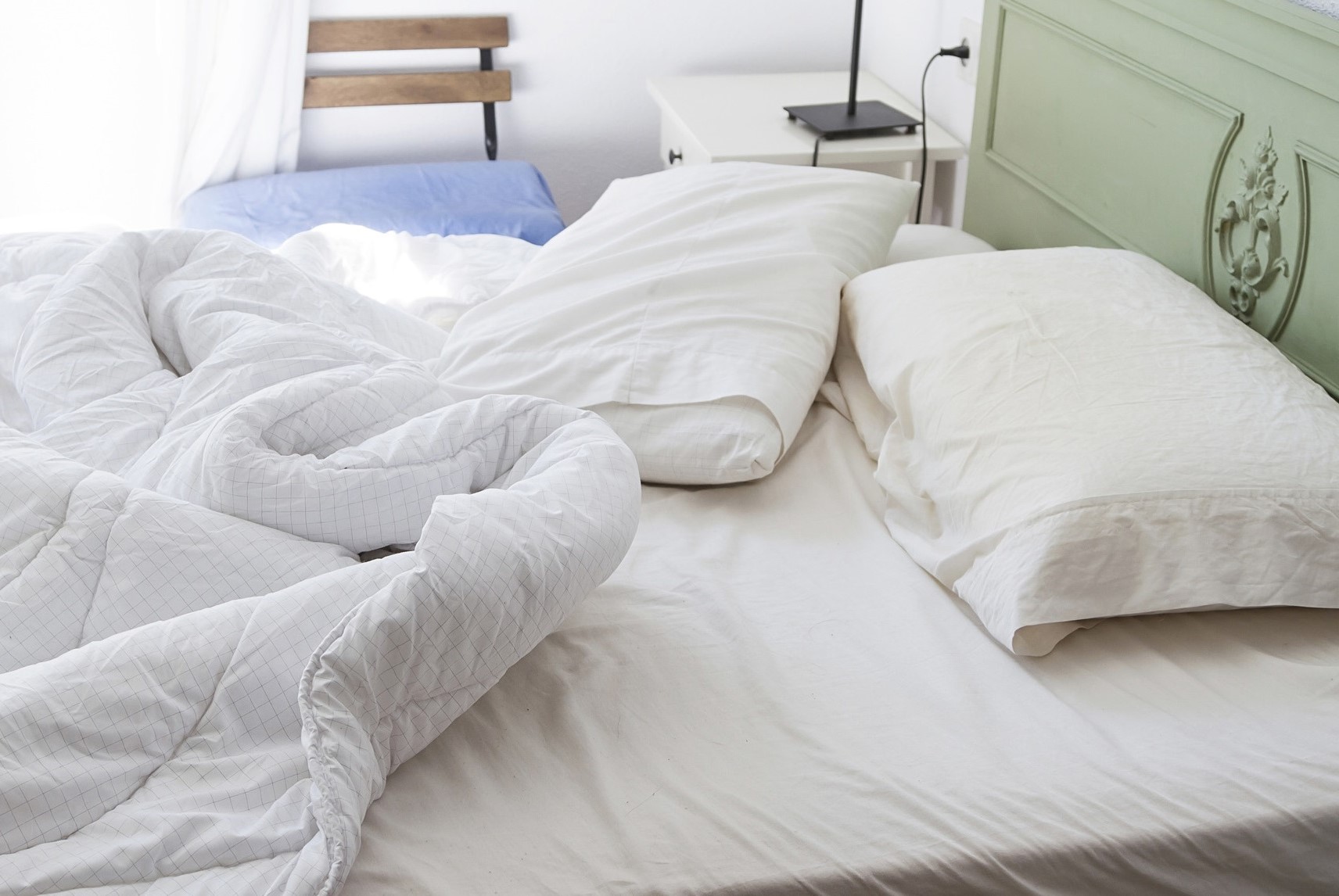
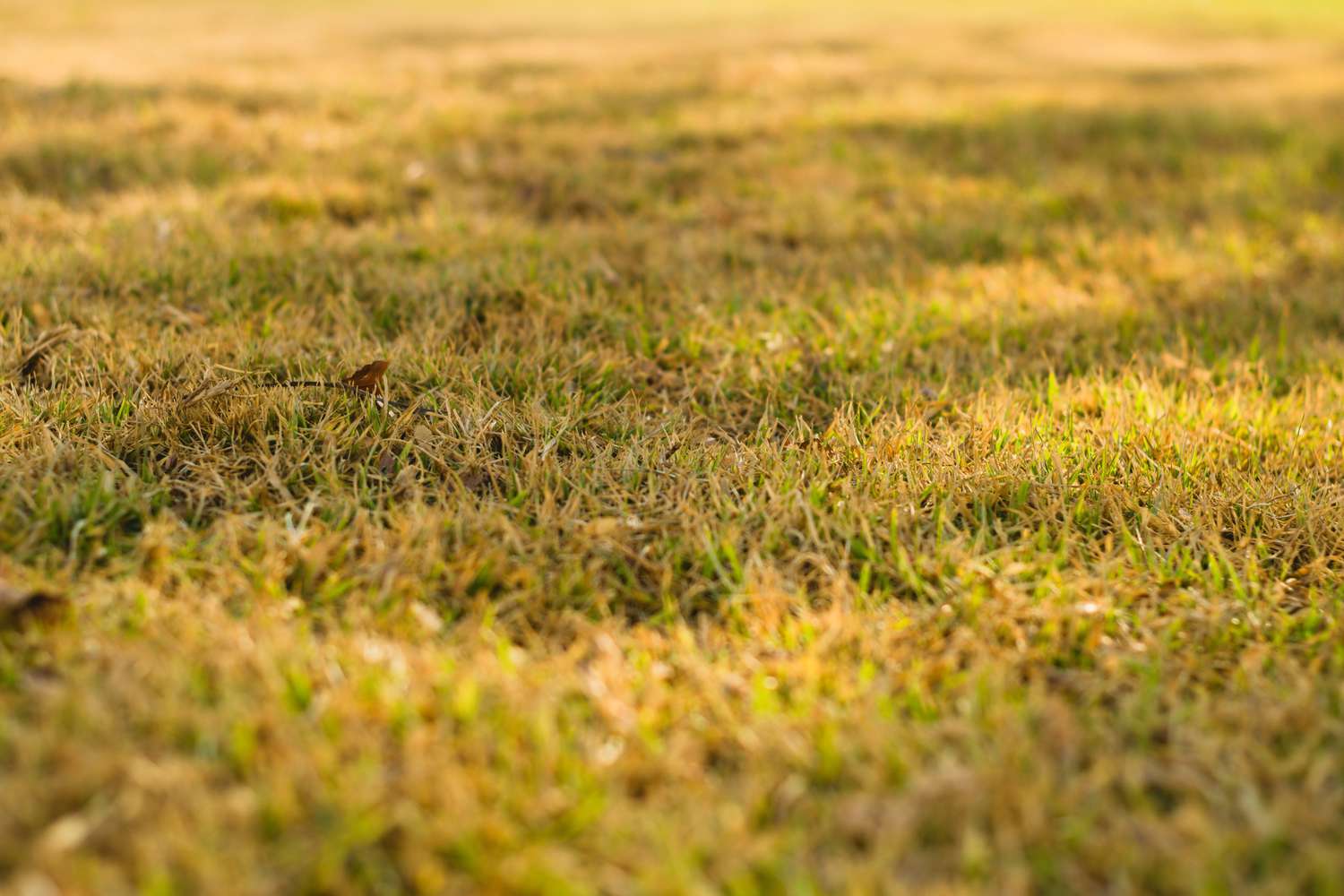
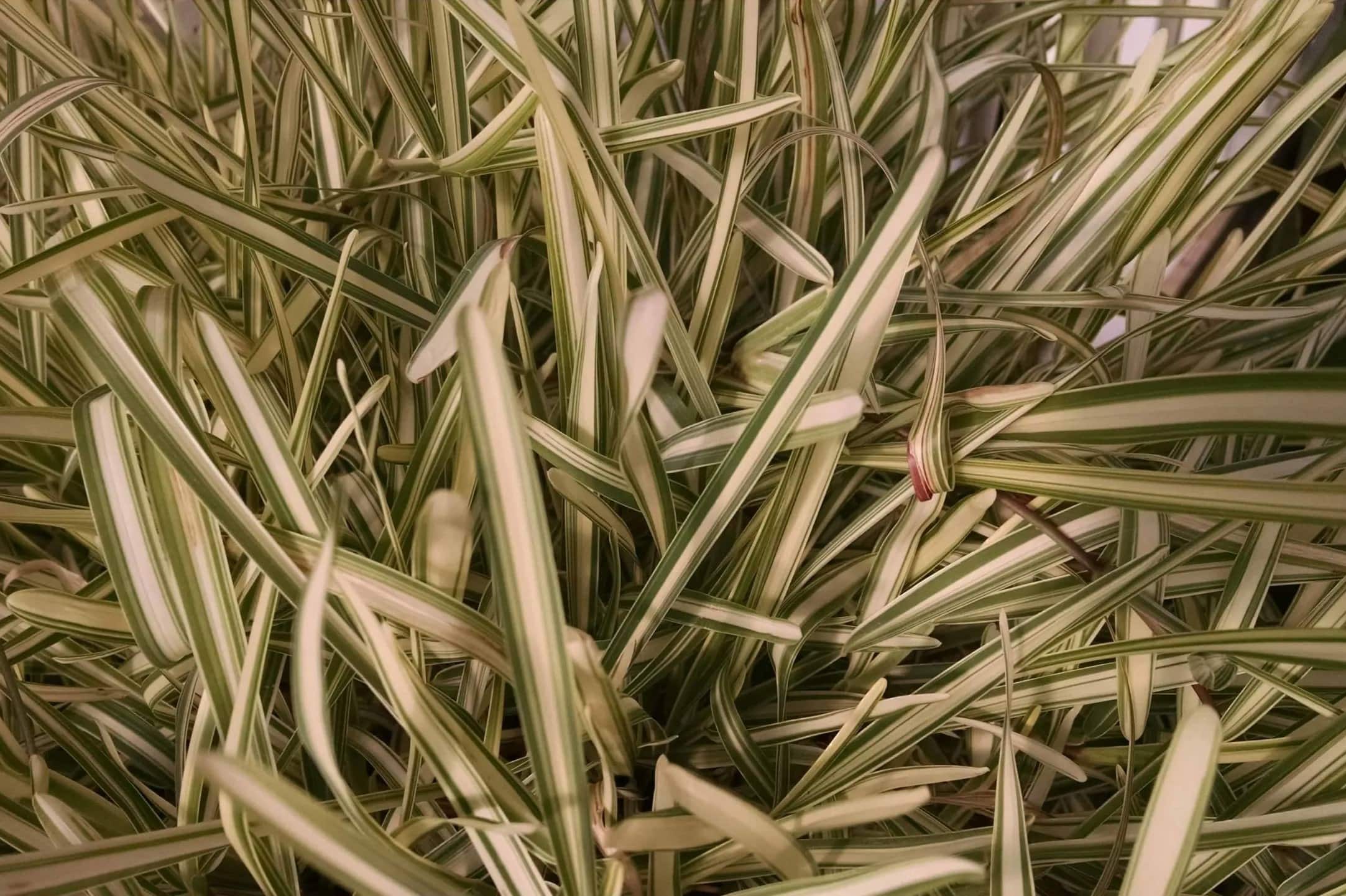
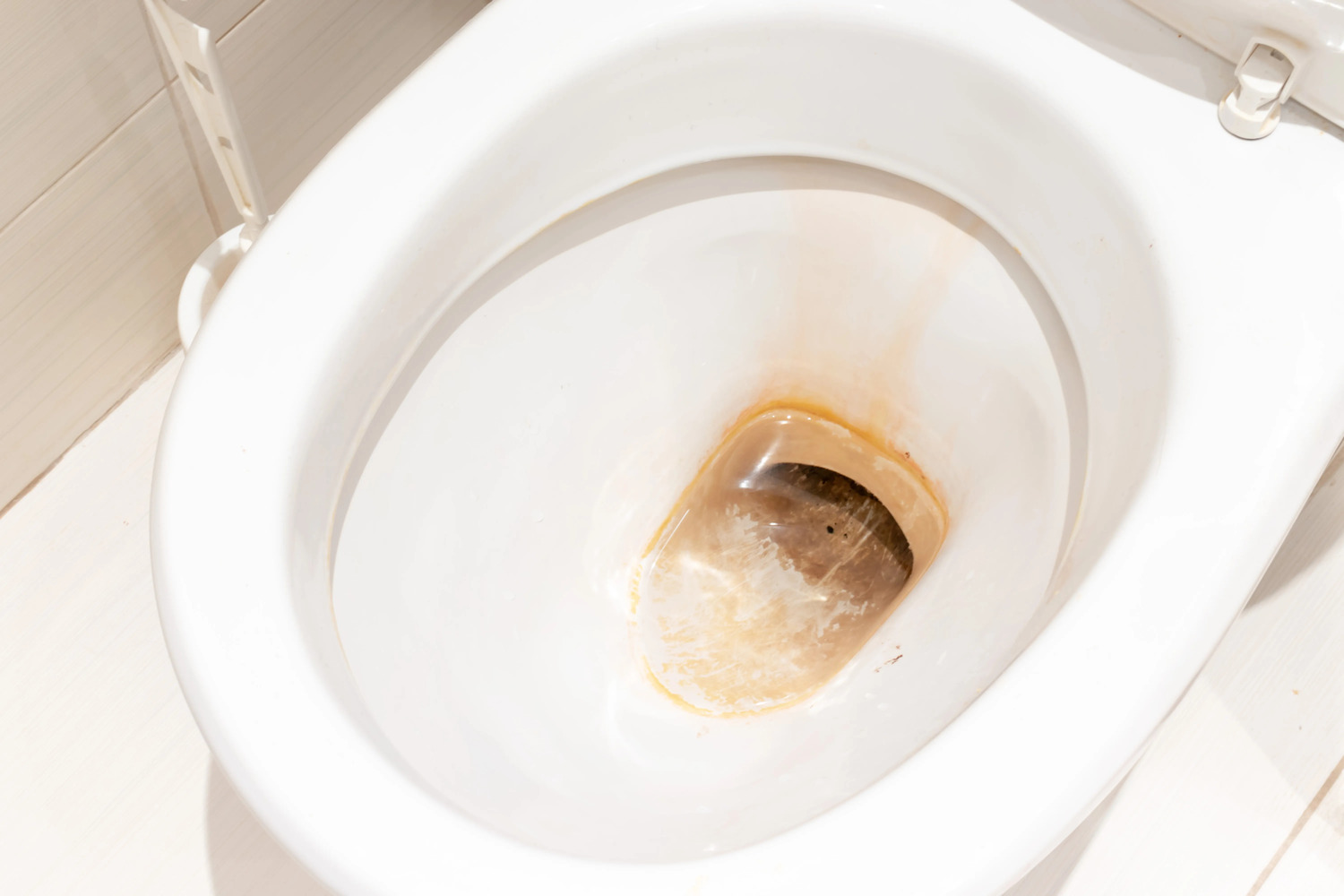

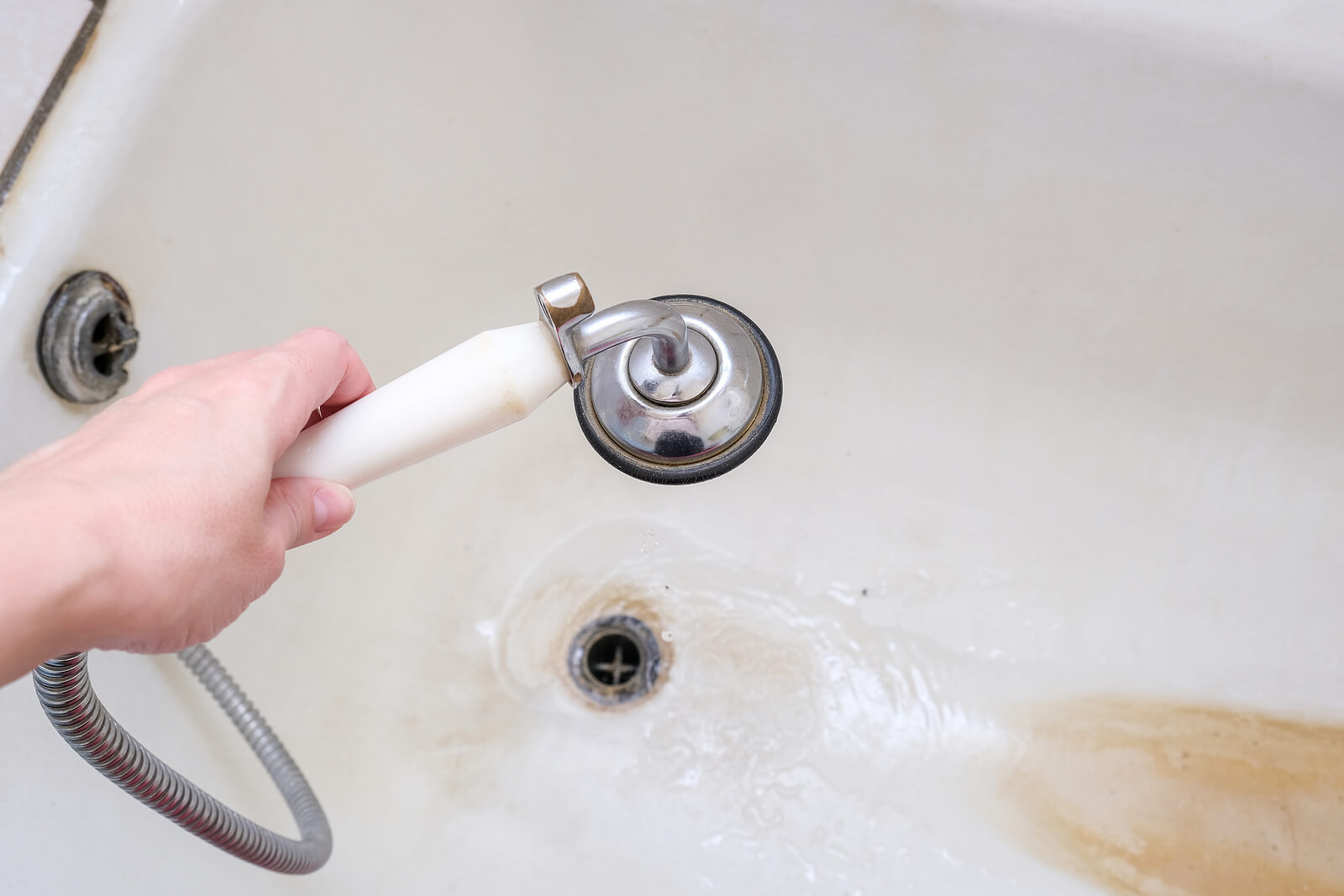
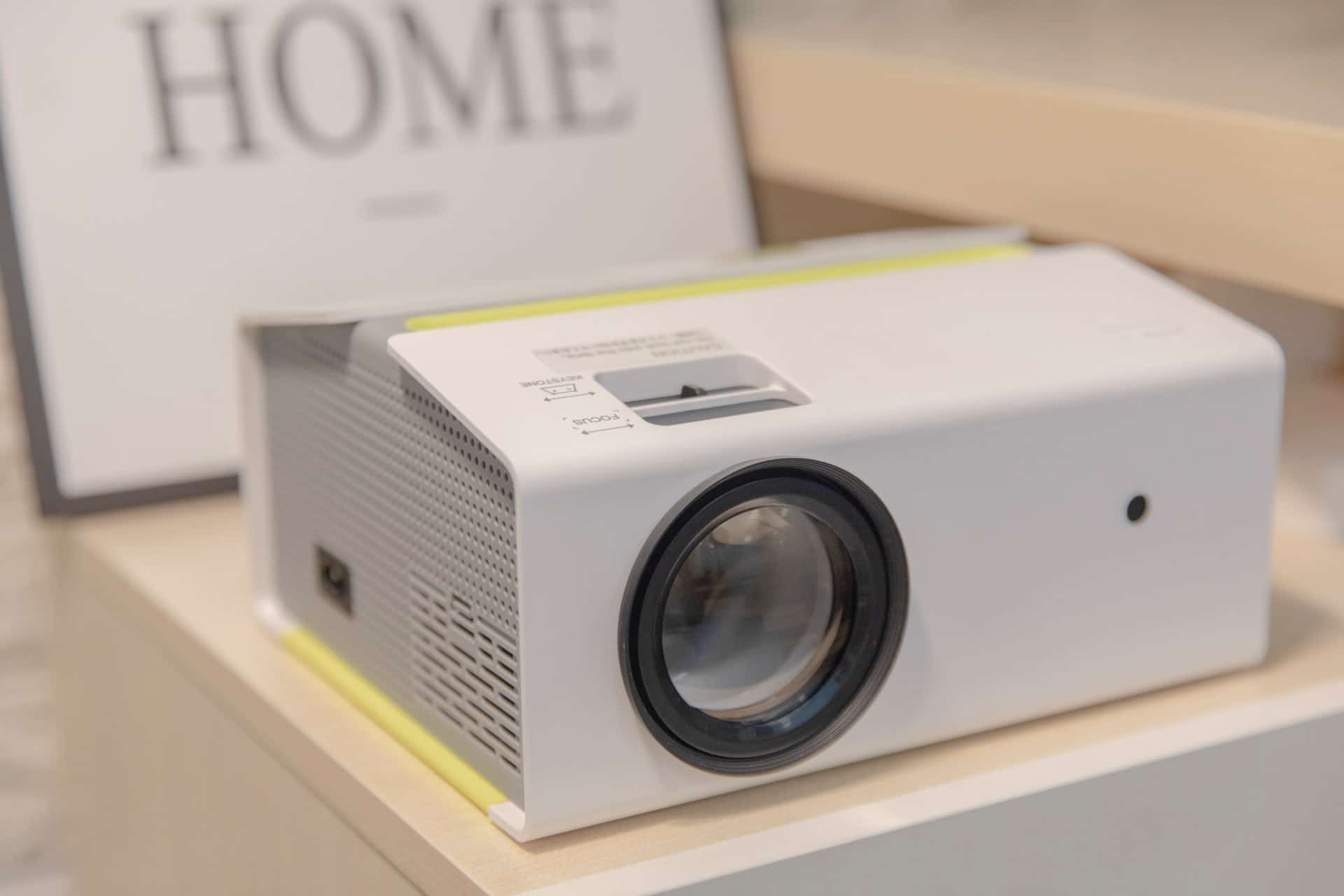
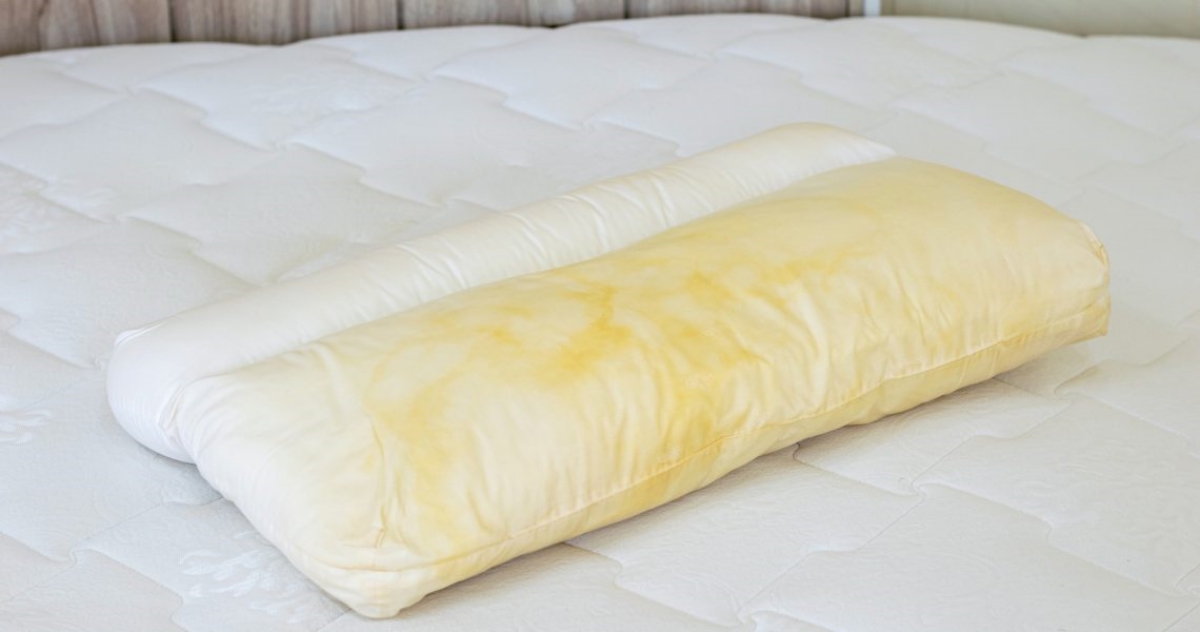
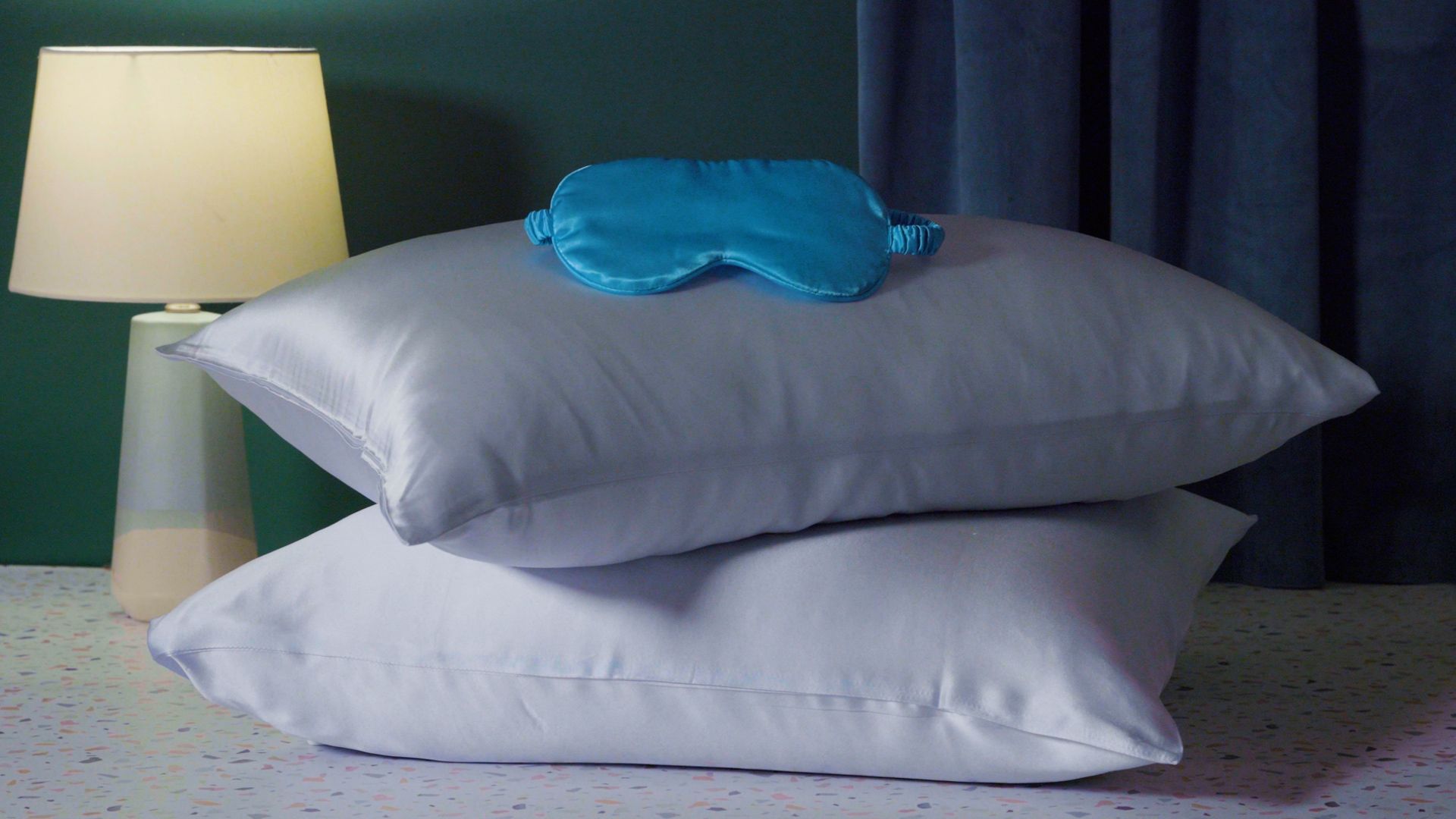
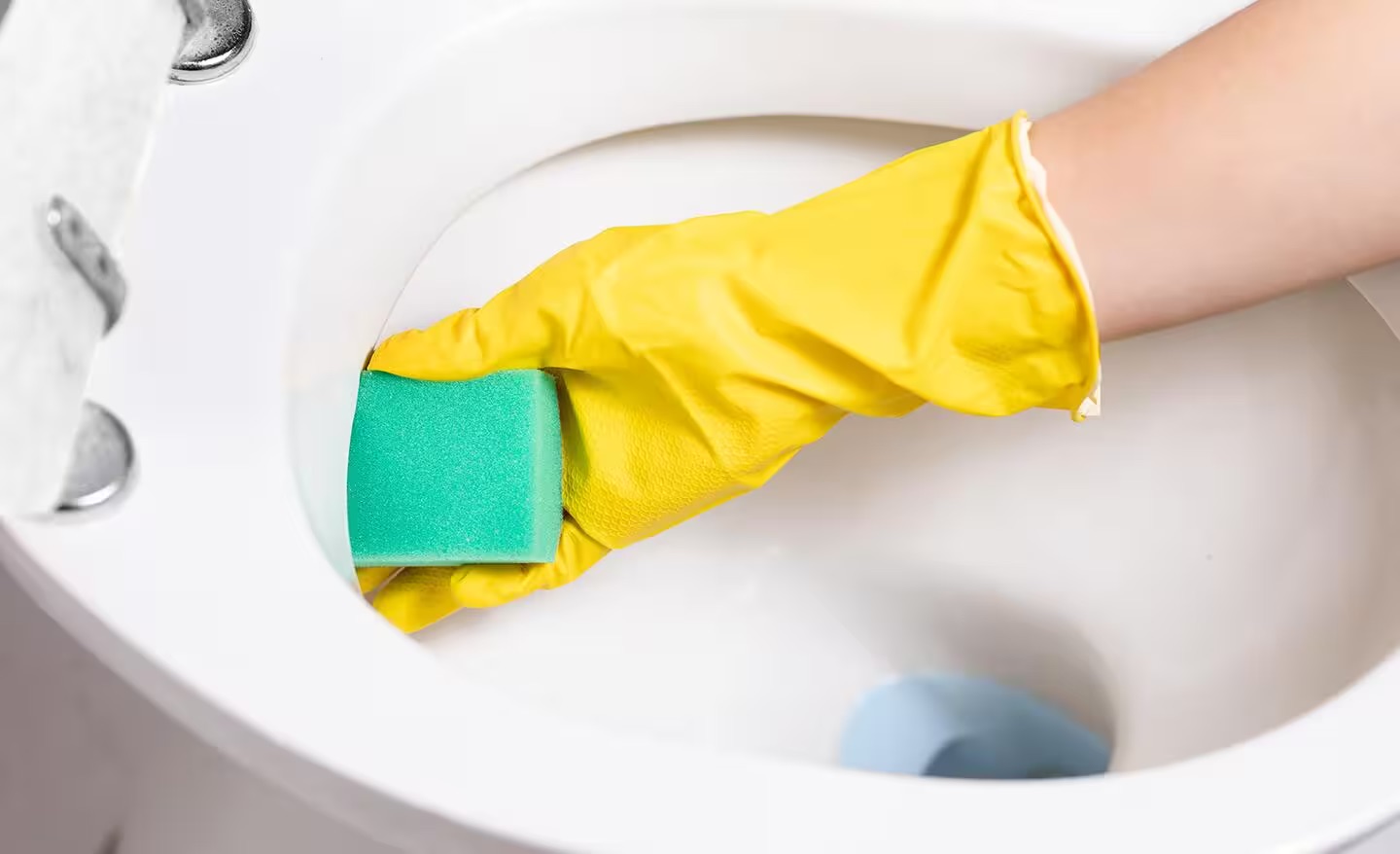
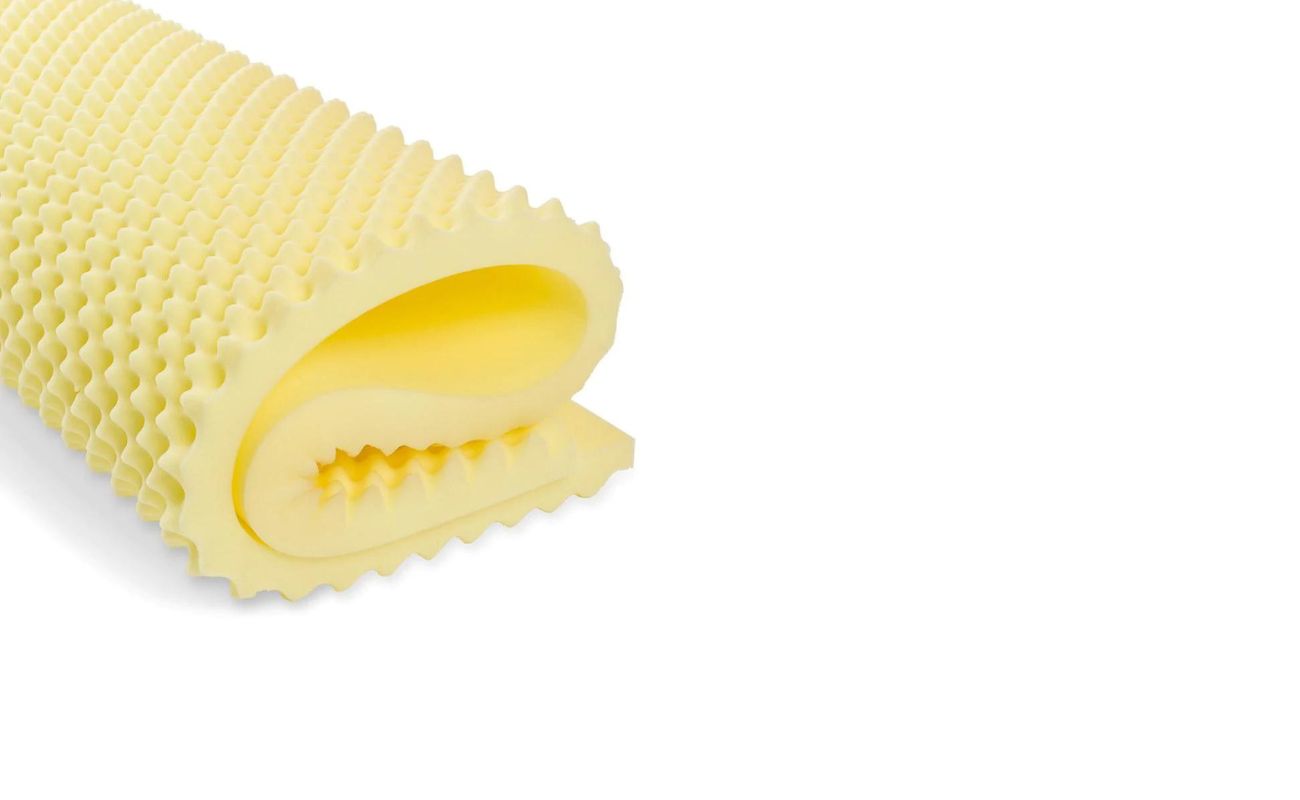
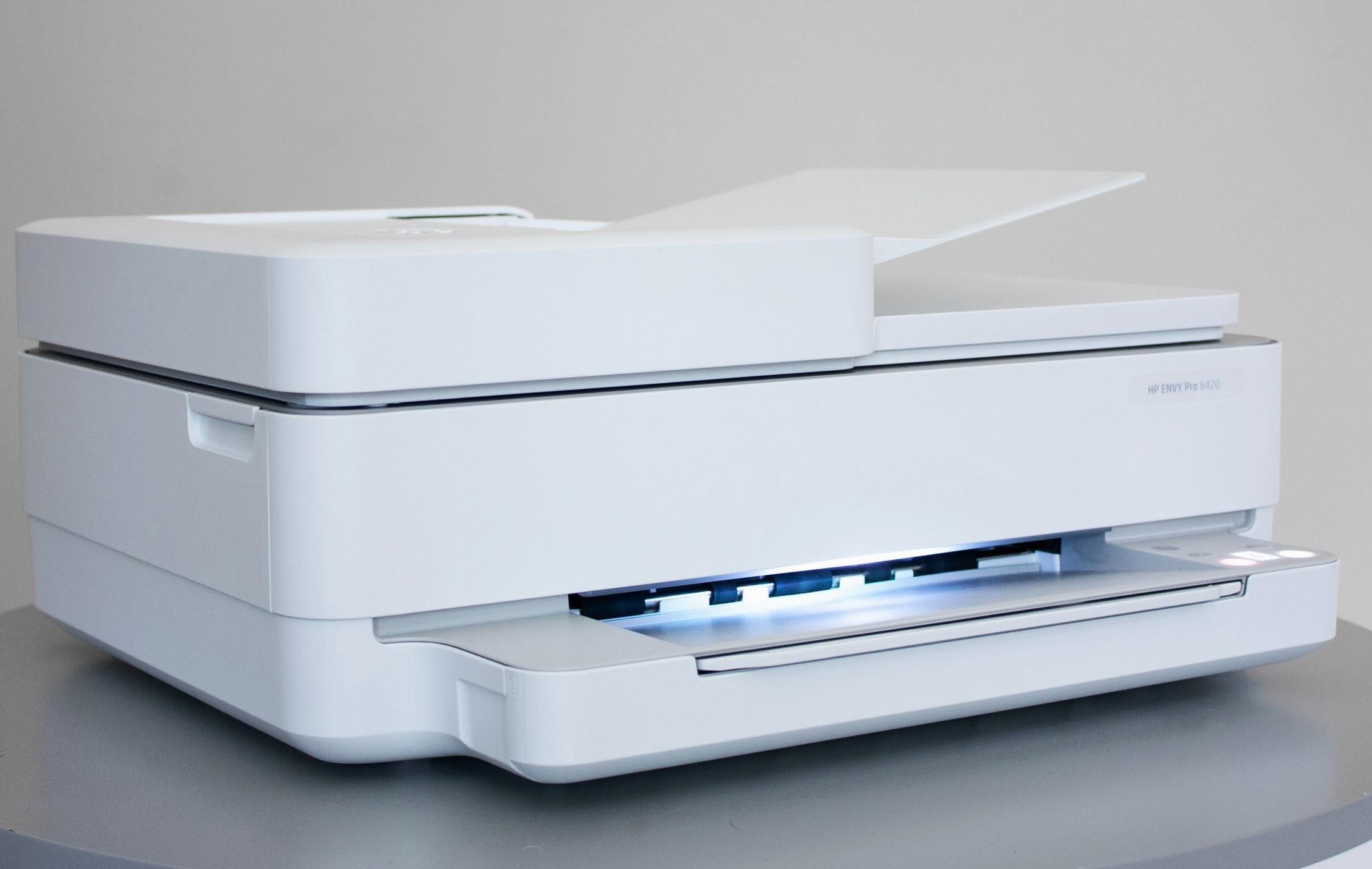
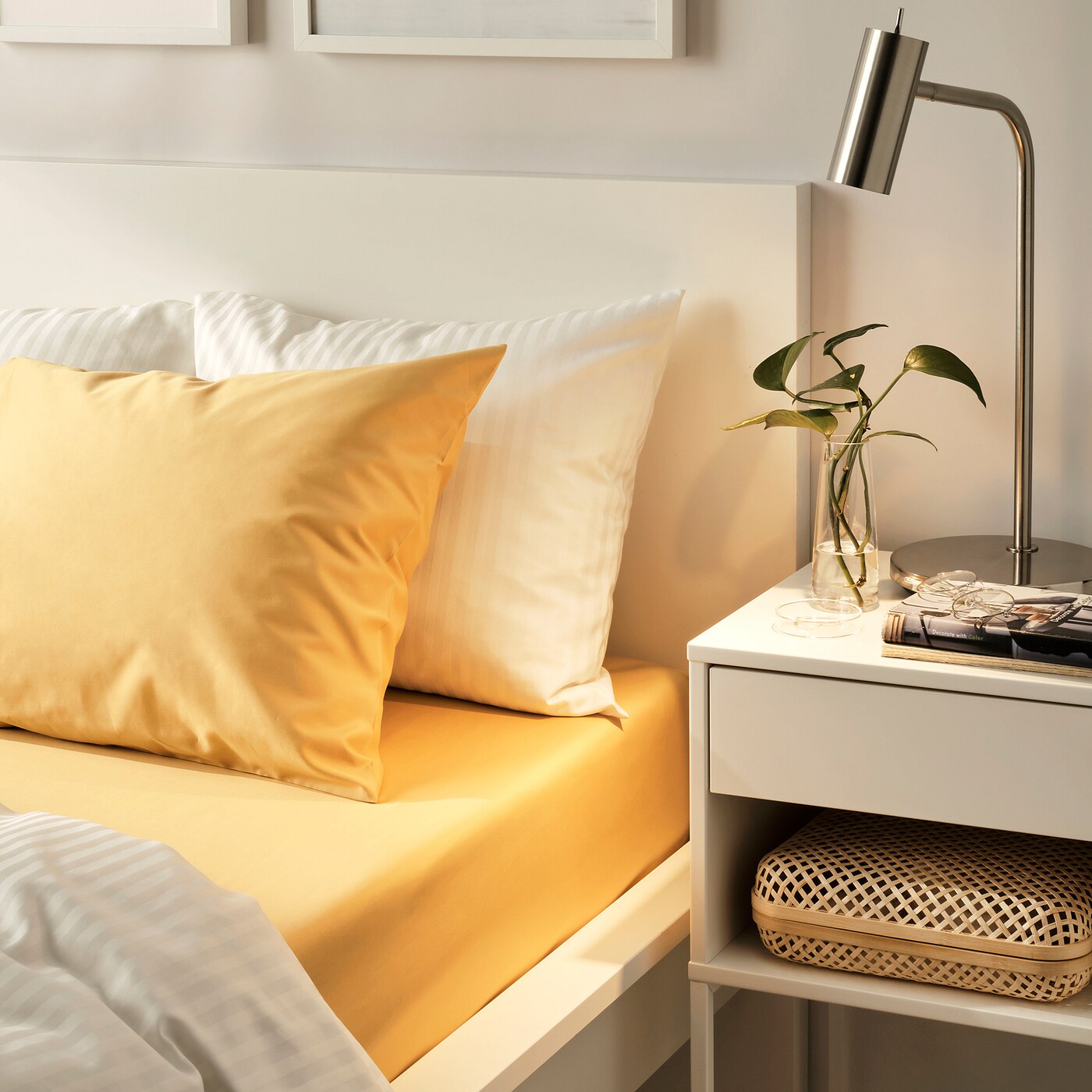

0 thoughts on “Why Is My Pillowcase Turning Yellow”